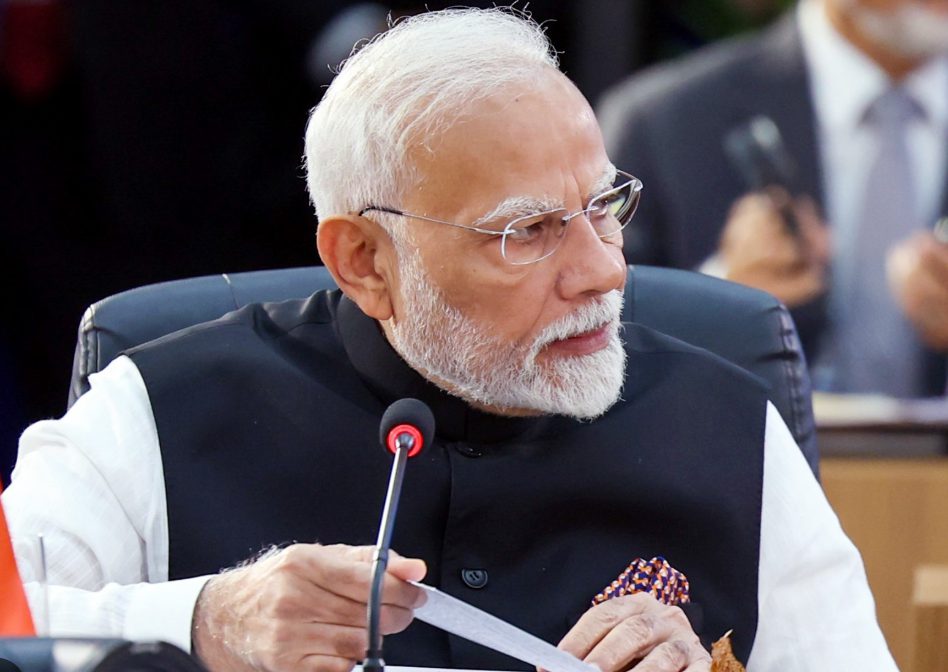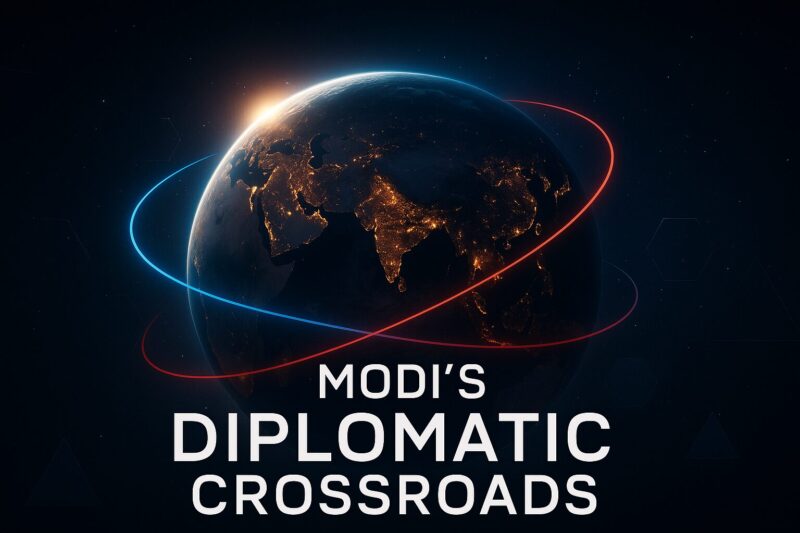Prime Minister Narendra Modi’s diplomatic balancing act between BRICS and Quad alliances is being tested right now at the upcoming ASEAN summit in Kuala Lumpur from October 26-28. Modi is expected to meet leaders from both the Quad alliance and BRICS nations, and this gathering will force India to navigate between two competing global powers. At the time of writing, speculation about whether India may leave BRICS has grown as the global power balance shifts and India’s foreign policy faces its toughest test yet. The Modi BRICS Quad dilemma represents a critical moment for New Delhi’s diplomatic strategy.
Also Read: Trump Holds ‘Massive’ Tariffs Until BRICS Member India Cuts Russian Oil
India’s Foreign Policy Tested Amid BRICS and Quad Divide


The India ASEAN summit brings together U.S. President Donald Trump and Chinese Premier Li Qiang, along with leaders from Russia, Japan, Australia, and New Zealand. Brazil President Lula da Silva and South African President Cyril Ramaphosa will also attend as observers at the ASEAN-related summits. Malaysian Foreign Minister Mohamad Hasan confirmed Modi’s attendance last week, though India’s Ministry of External Affairs hasn’t officially confirmed yet. Government officials have said Modi was “likely” to attend, and this means he’ll have the chance to meet counterparts from both groupings.
The Balancing Act Gets Harder
India stands as the only common factor between two groupings often positioned against each other—one includes the US and its allies, the other includes Russia and China. The Quad and BRICS tension has become more difficult in recent months, with President Trump’s trade tariffs and threats adding strain to the relationship between Modi, BRICS, and Quad members.
Trump’s warnings against India for buying Russian oil and threats to slap 100% tariffs on BRICS members accused of backing a common currency to counter the US dollar have all complicated matters. Sanctions on Iran, which is a new BRICS member, have also added pressure to the global power balance and raised questions about India’s foreign policy direction.
MEA Secretary (Economic Relations) Sudhakar Dalela had this to say:
“The downward trend in global economic growth, uncertainty in investment flows and interest rates, unilateral measures and supply chain disruptions have come to define the current international economic landscape.”
Hosting Plans Get Pushed Back
Officials meant India to host the Quad Summit this year, but with tensions between India and the US overshadowing the past few months, officials have indicated they could hold the Quad Summit in 2026 instead. India will also take over as chair of BRICS and host the summit of the 11-nation grouping of emerging economies in 2026. Modi will put the BRICS Quad challenge on full display as he attempts to manage both summits.
Dalela also stated:
“India’s BRICS chairship comes at a time when the world is navigating through multiple challenges, particularly affecting the Global South countries.”
Indian and American officials are working on setting up a meeting between Modi and Trump at the sidelines of the India ASEAN summit, and they’ve also been discussing scheduling the Quad summit, but no date has emerged thus far. If they cannot hold the US-India-Australia-Japan summit this year, as is looking more likely, tensions will derail New Delhi’s plans for the second year in a row.
Also Read: Country With $4 Trillion GDP Is Against BRICS Currency
The Kuala Lumpur summit represents a critical moment as Modi attempts to balance relationships with both alliances. How the Modi BRICS Quad dynamics play out will determine whether discussions about India may leave BRICS gain momentum and shape India’s foreign policy moving forward. The decisions made at this summit will influence the global power balance and the Quad and BRICS tension for years to come, and the way Modi handles these competing interests could reshape India’s position on the world stage.





